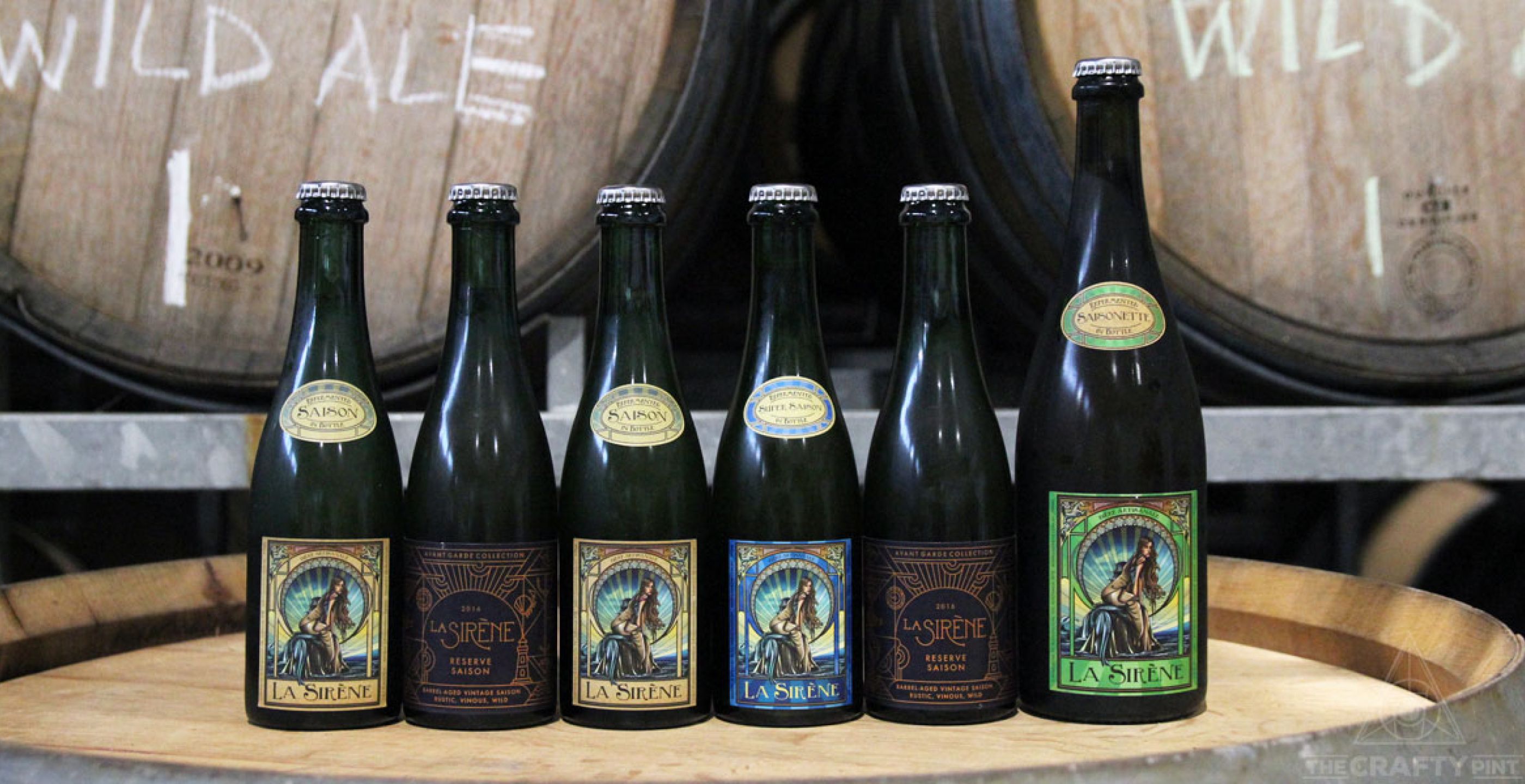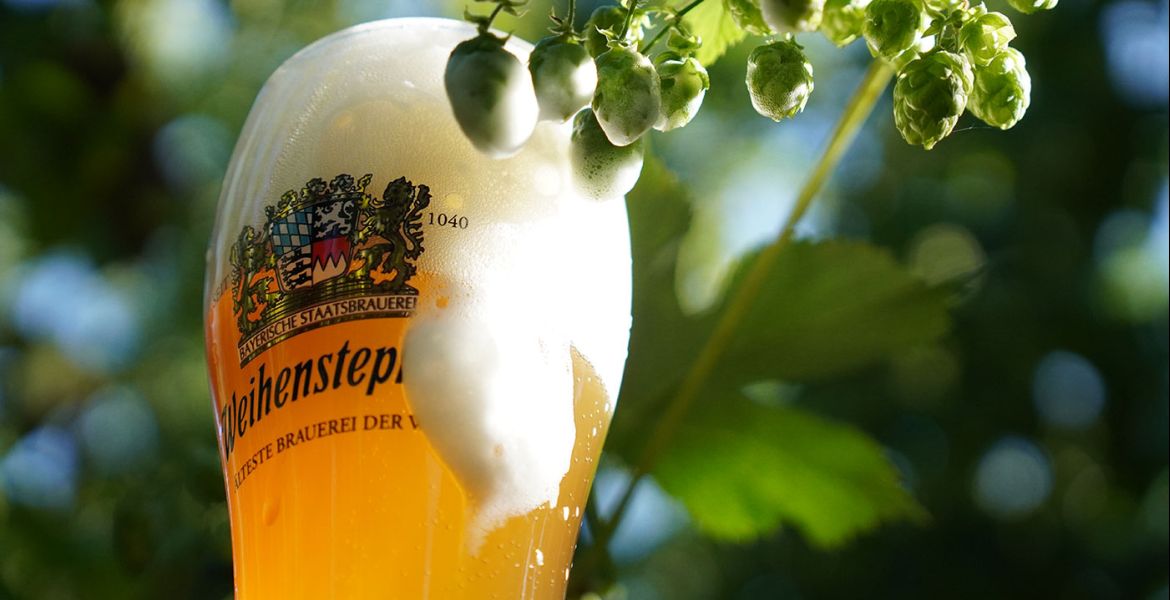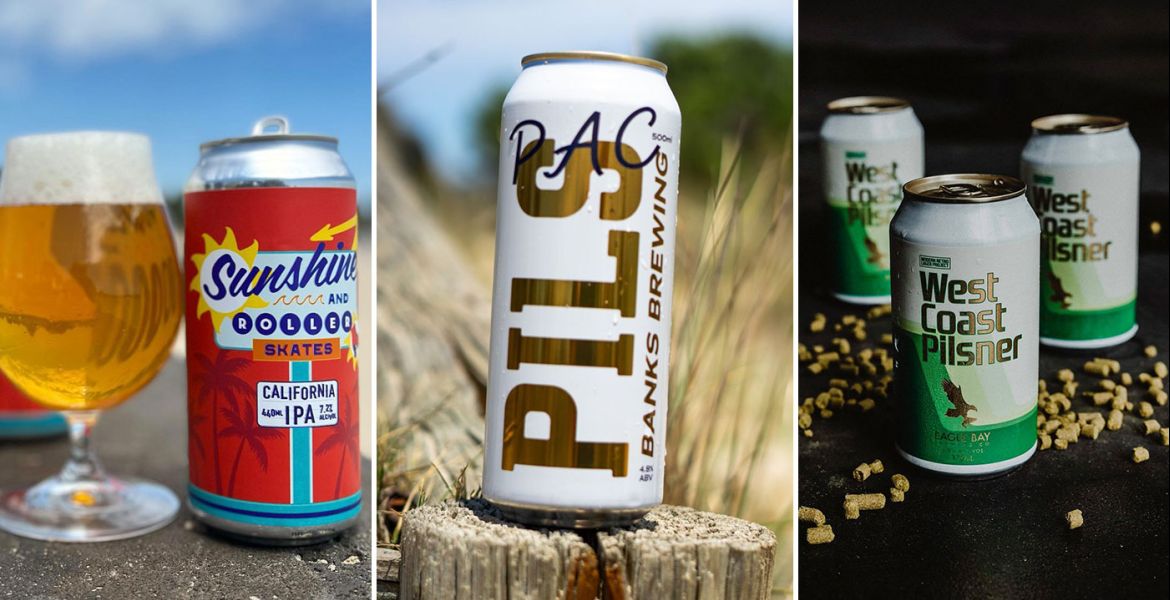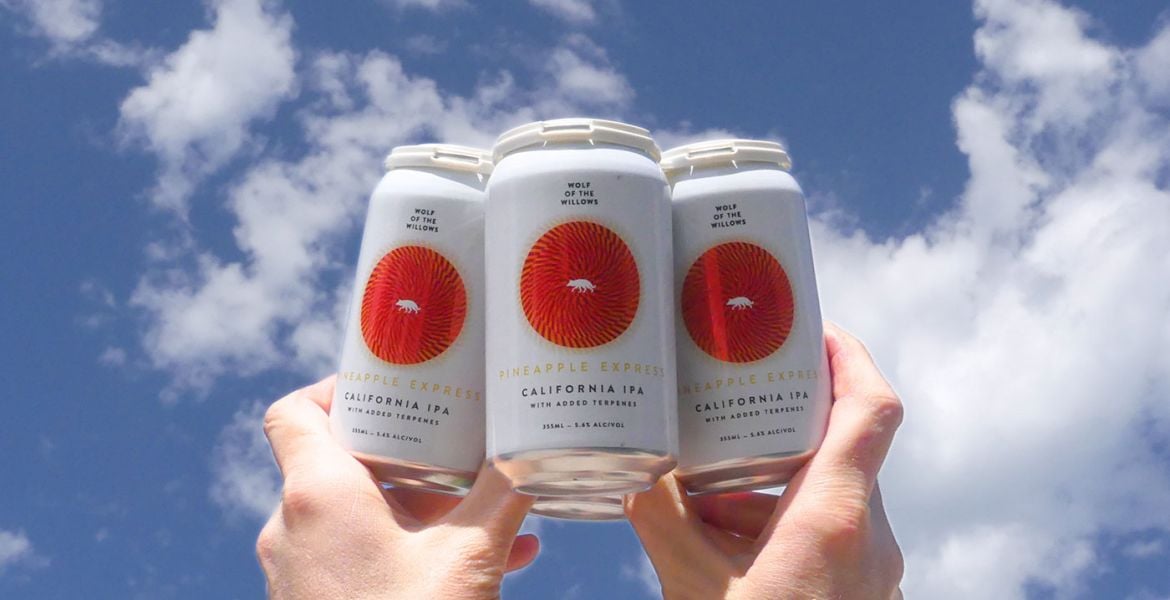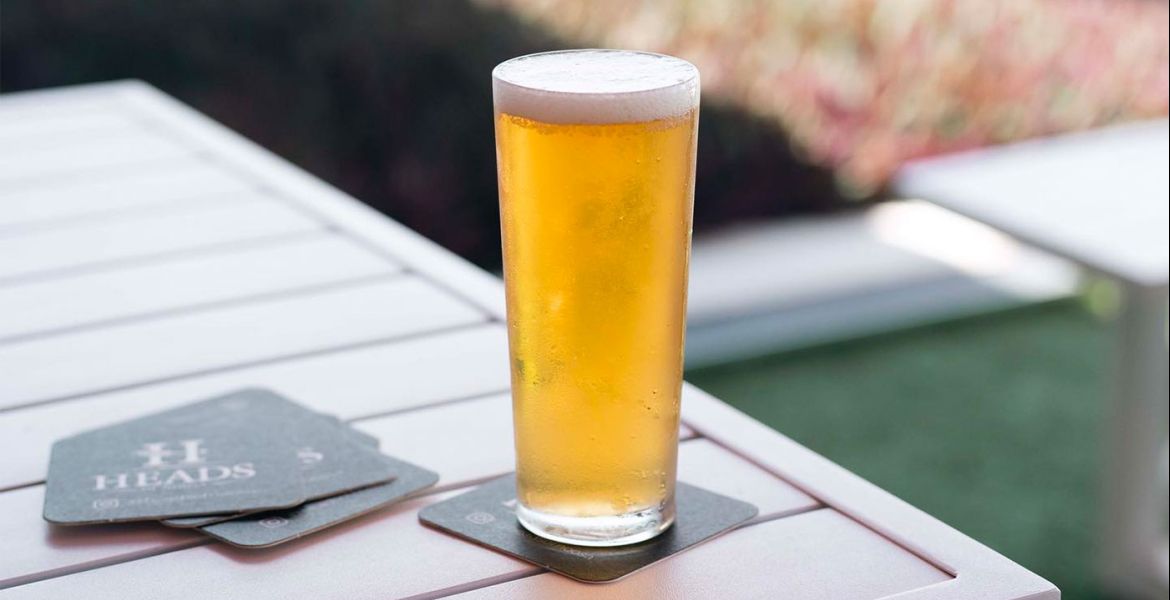Ah, the humble saison. Originally drunk by the litre to provide hydration and nourishment to tired and thirsty farmhands, and yet now written off in some quarters as too complex to be able to have more than one glass.
Saisons are beloved by brewers, industry types and beer geeks aplenty, but remain a hard sell in Australia, even at a time in which craft beer drinkers are turning back to clean, refreshing styles while also seeking out the wild and the wonderful.
The backstory to saison isn’t a particularly convoluted one. Saison (a French word for season), developed in 18th Wallonia in Belgium to be downed by parched saisonniers (seasonal farmhands). The beer was brewed with local ingredients at the farmhouse during winter, which, in a time before lab-grown yeast cultures and refrigeration, helped ensure the beer was laid down free of the spoilage organisms more prevalent in the warmer months. It also gave the longer-term staff something to do when the frosts set in.
The beers varied, as each farm brewed their own using only what was available to them, but as a rule they would have been quite heavily hopped to further limit bacterial growth and would sit around 3 to 3.5 percent ABV in order to limit the number of limbs lost in threshing accidents. This inherent diversity made saison more a loose collection of yeast-driven summer ales than a clearly distinct beer style.
The industrialisation of farming in the early to mid-20th century meant there were no longer saisonniers with a mighty thirst to quench and, with that, the brewing of saison all but ceased but for a few dedicated breweries. Chief among them was the now iconic Brasserie Dupont, brewer of Saison Dupont, the blueprint for the modern saison and the defining example against which all others are judged.
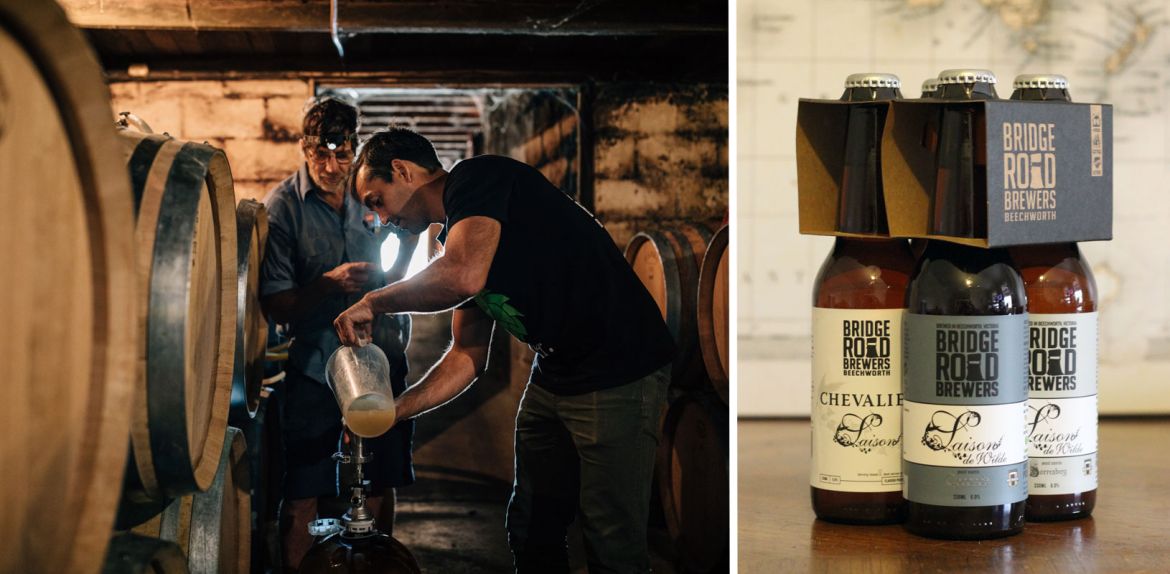
In Australia, locally brewed saisons likely didn’t exist until the mid-2000s when a few of the most influential brewers in Australia released their own in quick succession. Ben Kraus brewed the first version of the Chevalier Saison at the original Bridge Road brewery in late 2005. The following year, Brad Rogers’ Barking Duck, out of Matilda Bay’s Garage Brewery in Victoria, won a bronze medal at the World Beer Cup, and Richard Watkins, now at the helm of BentSpoke, tapped a star anise spiced saison at the Wig & Pen brewpub in Canberra.
Despite this flurry of activity, saisons have yet to find broad commercial success in Australia. Aside from a number of brewers who release them as specialties or seasonals – notably in Tasmania where you'll find examples from the likes of Bruny Island Beer, Hobart Brewing Co, Seven Sheds and Van Dieman – there are few that release such beers year round.
Alphington's "urban farmhouse" brewery La Sirène has built a business upon the style, Bridge Road Brewers in Beechworth secured distribution for their Chevalier Saison through Dan Murphy's, and Belgian beer lovers Exit retain one in their core range, yet others, such as Nomad's past trophy-winner or the Saison that was part of Hawkers' launch lineup, have faded into limited release status or disappeared entirely.
At the time of writing, saisons comprise five percent of all Australian beers available for purchase on the Beer Cartel website, and more than half of these were released by a single brewery. And, while it may not be the best way to take the pulse of the Australian beer scene, the 2019 GABS festival beer lineup contains five times as many milkshake IPAs as saisons.
In this writer’s opinion [And that of the site's founder – Editor], saisons are perfect for Australia. They are beers that needn't get in the way of conversation (but offer enough should you want to make them the focus), are typically easy to drink, refreshing and pair excellently with a wide variety of cuisines.
Modern “clean” saisons – in other words, those without any “wilder” characteristics – are described as pale, moderately bitter, dry, highly carbonated, yeast-driven and extremely refreshing. Or, basically everything you’re looking for when a hard-earned thirst needs a big cold beer.
What's more, as some local brewers have shown, such beers can be enhanced quite wonderfully by fruits, spices and time in barrels.
Ben Kraus (pictured above), co-founder of Bridge Road Brewers, explains what draws him to saisons: “I really feel the flavour profile of a good saison is something that truly is an engaging drinking experience. Layers of complexity, with a length and depth that changes as the beer warms and ages, and then a drying finish to keep you coming back for more.”
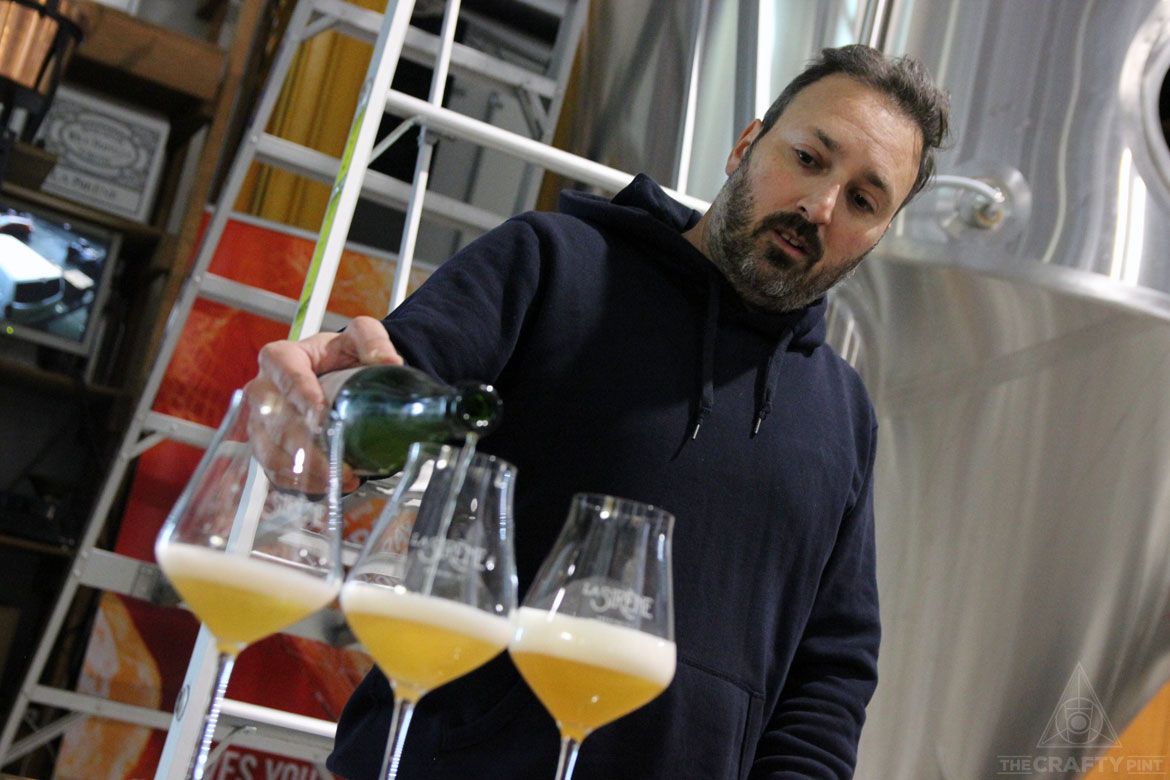
For Costa Nikias of the saison-centric La Sirène, his love of such beers is a rather more organic.
“We love how these provincial ales are able to reflect the environment in which they are made and, for us here at La Sirène, we make all of our saisons with a wild yeast contribution that comes from our immediate environment within the brewery’s walls and the surrounds,” he says.
When asked why saisons have struggled to gain purchase amongst consumers, the brewers we spoke to offered one common response: that yeast-driven beers seem to present a challenge to drinkers that hops and malt do not.
As Costa says: “The more rustic characters of the saison strains are considered an acquired taste and perhaps even a little bit exotic for some.”
This observation is especially interesting considering Australia has been home to a much-loved purveyor of yeast-driven ales for more than 150 years. Coopers Brewery began brewing their flagship Sparkling Ale in 1862 and it’s the only officially recognised beer style originating Down Under.
Today, it accounts for approximately 15 percent of their total production; their Pale Ale makes up a further 60 percent. This equates to around 13 million litres of Sparkling and 51 million litres of Pale brewed every year. To put that in perspective, a recent report estimated total craft beer production in Australia at 58 million litres.
Nick Sterenberg is the operations manager at Coopers and a brewer with 35 years’ experience. When asked if he thought that Coopers’ ales could be considered a type of saison, he expressed some initial reluctance to apply the label since they comprise a very broad range of beers; nonetheless, he went on to say: “156 years ago I think it’s likely Coopers beers had a very large overlap with the saison style, but I think we’ve gone off on our own track since then.”
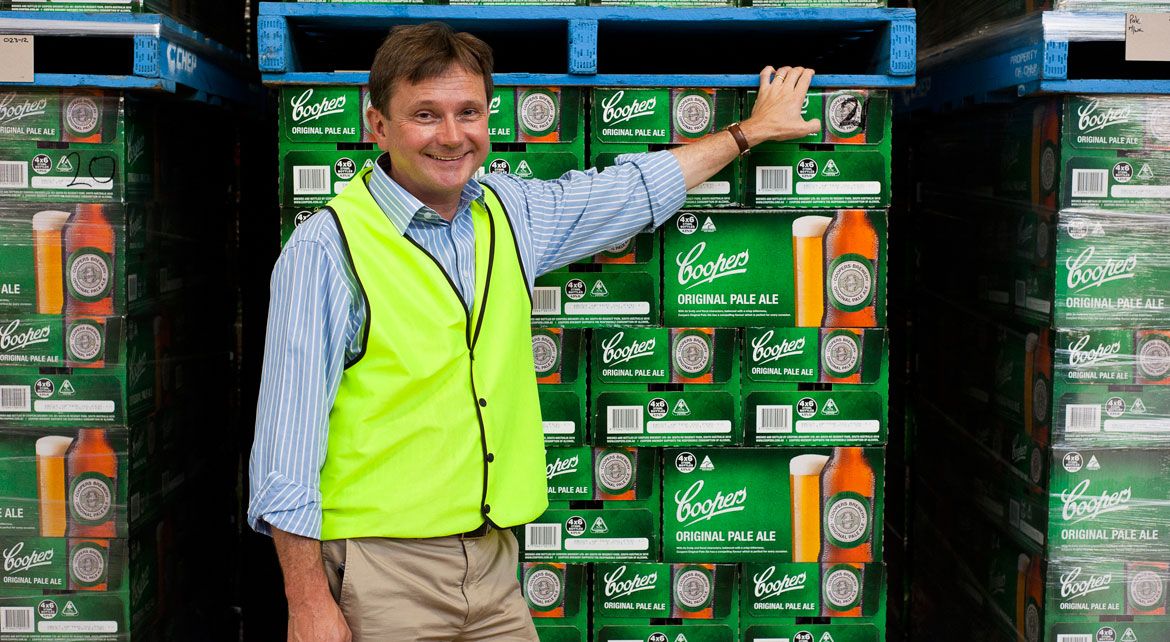
So, are all yeast-driven beers created equal? Nick isn’t so sure.
“I think maybe what sets our yeast apart from others is the wonderful esters we can coax out," he says. "It’s quite different to the phenols and more funky characters you see in some of the saisons.”
While it’s a bit of a long bow to draw that Coopers are making saisons, it is fair to say that the saison and Australian Sparkling Ale styles spring from a similar ethos. It begs the question then: why has one flourished where the other still struggles to gain a foothold, albeit with overall sales growing from an admittedly small base?
A century and a half of history and expertise might have something to do with it – as Nick quipped when discussing the challenges of in-package fermentation: “It’s only difficult for the first hundred years.”
This need for dedication on the part of the brewer is echoed by Costa: "I think it’s one of those types of beers that needs a commitment and a focus to be successful at. It’s not just a style someone can bang out and expect punters to take it up; it’s a fickle style that requires engagement from the brewer.”
Topher Boehm (pictured below) is the man behind Wildflower Brewing and Blending in Sydney’s Inner West and a passionate brewer of Australian wild ales. He’s also one of the first on record to claim that Coopers Sparkling Ale is Australia’s saison.
Topher suggests another reason saison hasn’t taken off in Australia may be that Australians are more likely to back an Australian product, citing the examples of Balter XPA, Coopers Sparkling and Stone & Wood Pacific Ale as successful and proudly distinctive Australian beers.
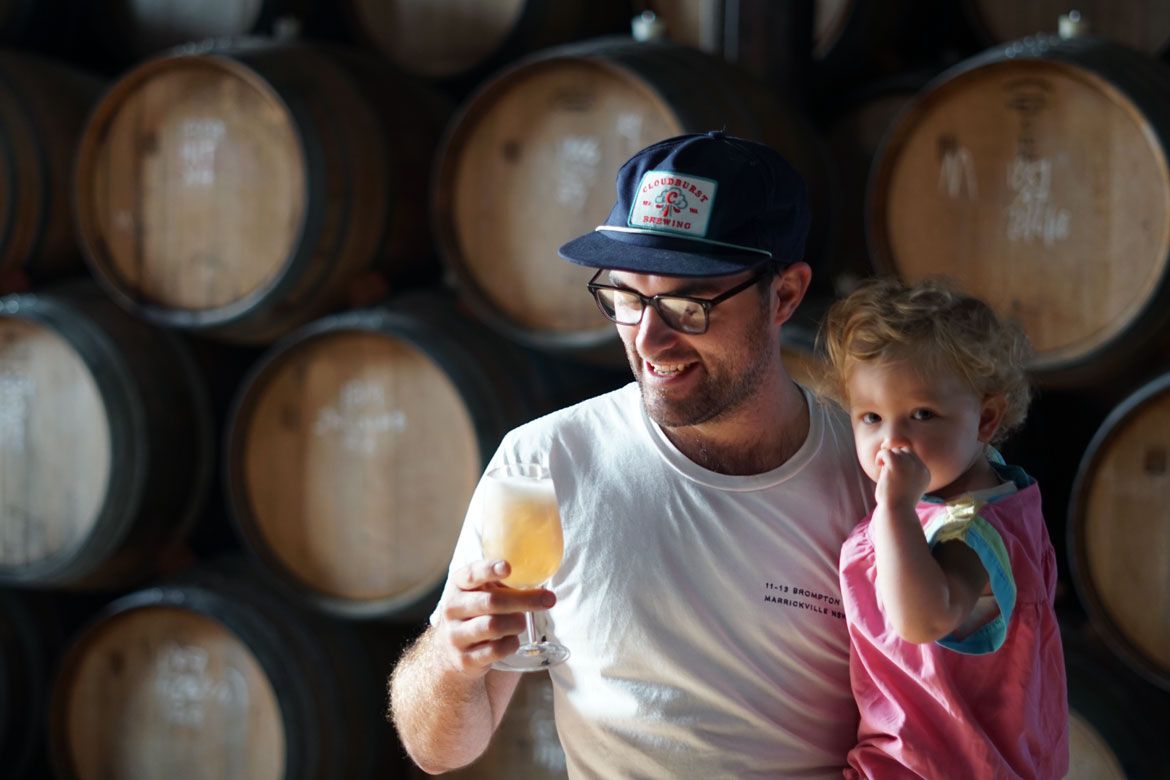
Unsurprisingly, Costa is completely on board with the idea of creating a local product, and has achieved no small amount of success in doing so; he's making trips to Amsterdam and Paris in the coming weeks to launch La Sirène there as drinkers in countries more familiar with such beers become the latest to embrace his unique spin on tradition.
“For us here at La Sirène we create our saison-esque ales with a focus that reflects the environment where they were made and using ingredients grown nearby and/or onsite," he says. "We have made a fully-fledged business that has experienced growth on growth since our inception in 2010 purely out of saisons."
So, in this remarkable era for beer – in which experimentation by brewers on one hand and a desire to explore by drinkers in the craft beer bubble on the other have never been greater – what might the future hold for Australian saisons?
Ben is hopeful: “I think there is always going to be a place for them. Particularly with speciality saison producers such as La Sirène, who put a large focus on the style being core to their business.
"I really feel brewers have an affinity with saison so we'll continue to see many put out specialty saisons when given some creative freedom.”
Topher shares his optimism.
“Let’s hope that the consumer is choosing to buy things developed and made popular here rather than appropriations – or mis-appropriations – of overseas styles made with overseas ingredients,” he says.
On that note, would a saison by any other name taste as sweet, or even sweeter? Could an ocker name change be the ticket to finally sell Australian drinkers on the virtues of a saison?
It’s tempting to suggest that brewing a modern Australian saison under the Australian Sparkling Ale moniker could be a winner. Meanwhile, La Sirène have already adopted the direct English translation for the Season Ale, a contemporary farmhouse ale added to their year round can offering in March.
Alternatively, with the beer world seemingly in love with a three letter acronym, perhaps the time is right for Yeasty Pale Ale (YPA) or Funky Pale Ale (FPA) to take to the stage...
Image at top features a few examples of saisons released by La Sirène over the years.


